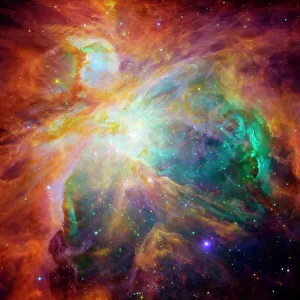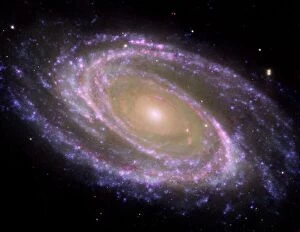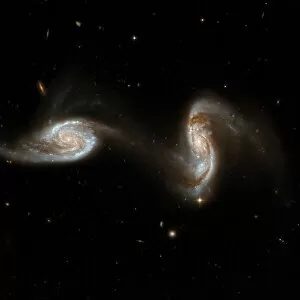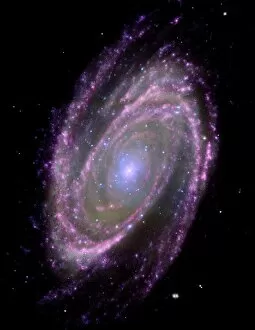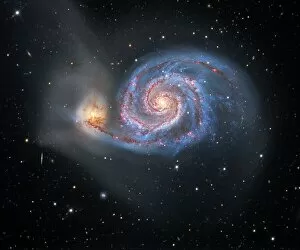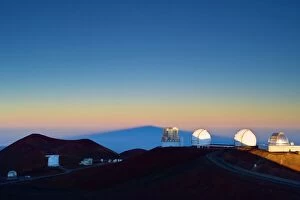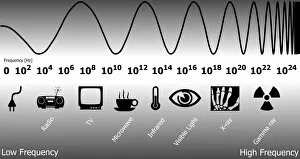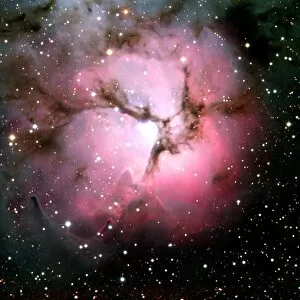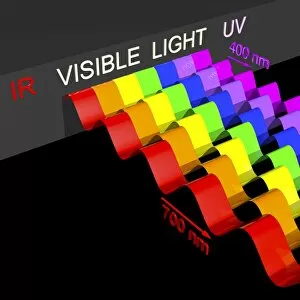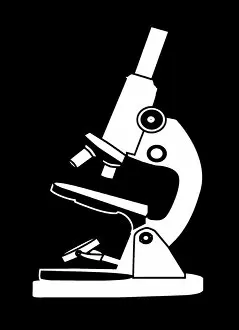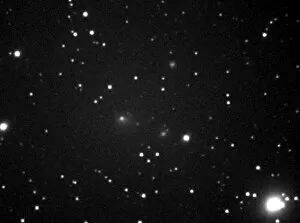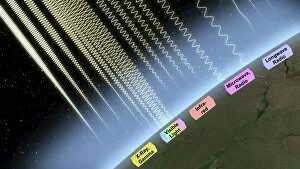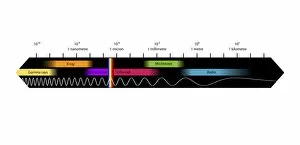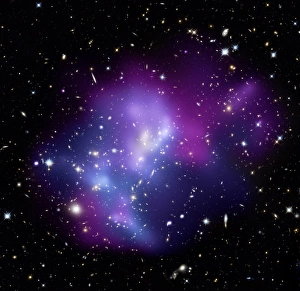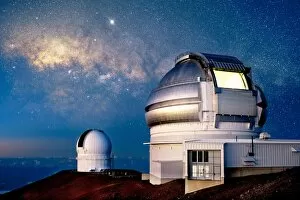Visible Light Collection
"Unveiling the Cosmic Symphony
All Professionally Made to Order for Quick Shipping
"Unveiling the Cosmic Symphony: Exploring Visible Light through Orion Nebula and Spiral Galaxy M81" Step into the mesmerizing realm as we journey through celestial wonders like never before. Behold the breathtaking beauty of the Orion Nebula, a stellar nursery where new stars are born amidst vibrant hues and ethereal glow. Marvel at the composite image of Spiral Galaxy M81, revealing its intricate spiral arms adorned with countless stars, painting a cosmic masterpiece across the vast expanse of space. Delve deeper into scientific exploration as we analyze H-He-Hg emission spectra C017/7260, unraveling the secrets hidden within this captivating spectrum that holds clues to our understanding of matter in distant realms. Witness another awe-inspiring composite image showcasing Interacting Galaxies NGC 5257 and 5258 engaged in a celestial dance, their gravitational forces shaping their intertwined forms against an infinite backdrop. Gaze upon the Whirlpool Galaxy's swirling embrace of cosmic dust and gas, where star formation thrives amidst interstellar chaos – a testament to nature's boundless creativity. Discover unexpected beauty on Earth too; witness Marsh Marigold basking in UV light, illuminating its delicate petals with an otherworldly radiance that reveals unseen splendor lurking beneath our familiar surroundings. Travel to Mauna Kea's observatories perched atop majestic heights, offering unparalleled views into distant galaxies and unveiling mysteries yet untold by human eyes. Picture No. 12479817 captures this remarkable vantage point from which humanity reaches for answers among twinkling stars. Picture No. 12479816 showcases not only distant wonders but also sheds light on everyday life – explore how different color temperatures shape our perception with a fascinating glimpse into a light bulb's temperature spectrum. Finally, let your imagination soar beyond earthly bounds as we envision a colossal ion cannon built to defend against gargantuan ships traversing unknown frontiers, a testament to humanity's ingenuity and our eternal quest for protection.

